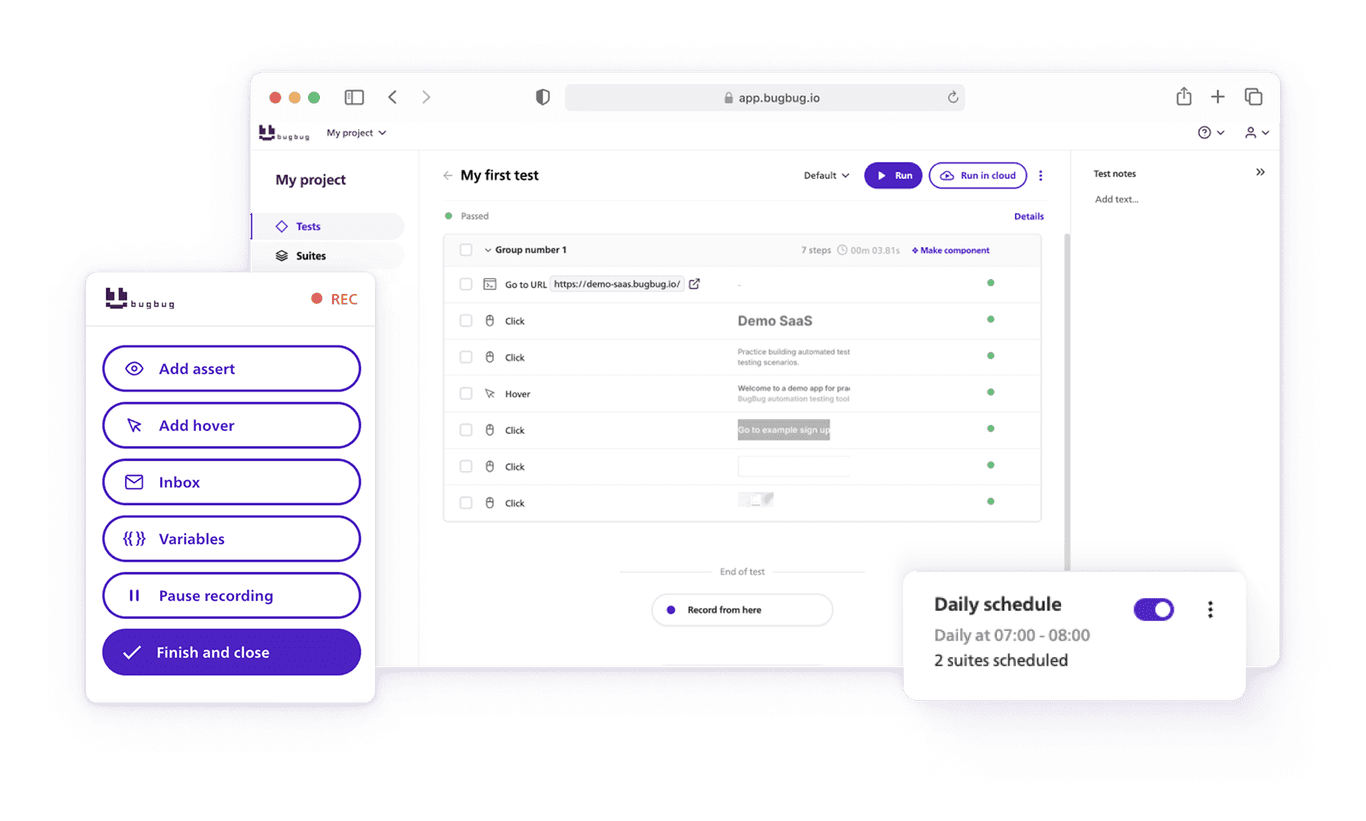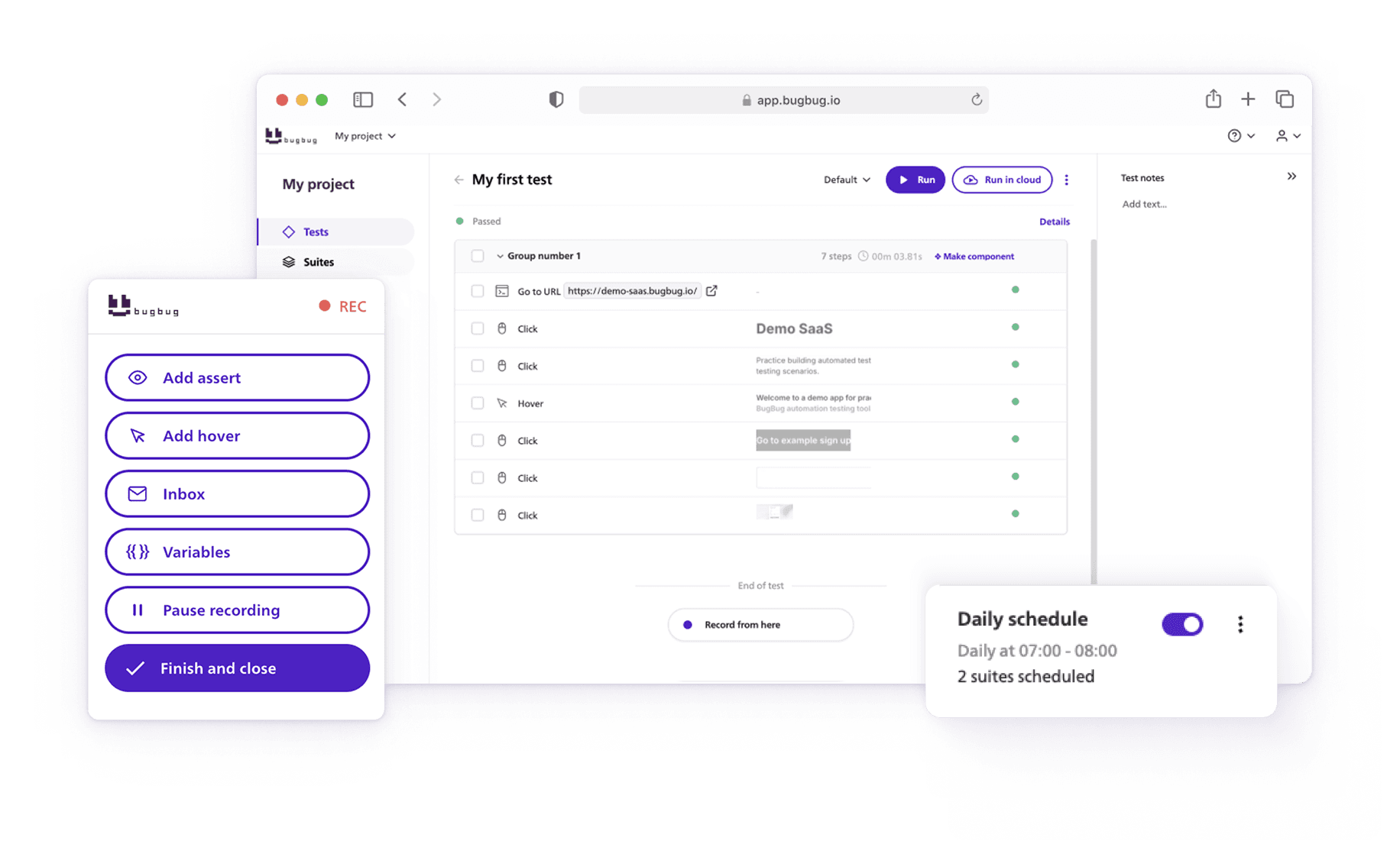🤖 Summarize this article with AI:
💬 ChatGPT 🔍 Perplexity 💥 Claude 🐦 Grok 🔮 Google AI Mode
In this guide, we’ll explore the best beta testing tools available in 2025, compare their key features, and highlight how they support everything from traditional beta testing to user acceptance testing. Whether your goal is to provide feedback loops for early adopters, invite customers into early access, or simply ensure your product is ready for its final release, these tools will help you run a smarter, more effective beta testing program.
🎯 TL;DR - Beta Testing Tools
-
Marker.io – Lightweight bug reporting tool that lets testers submit annotated screenshots and session replays directly from your website.
-
UserTesting – A usability testing platform that captures real user videos and feedback to improve customer experience.
-
Instabug – Mobile-first tool combining crash reporting, in-app bug submission, and user feedback surveys.
-
UXCam – Analytics platform that records user sessions and generates heatmaps to uncover behavior patterns in apps.
-
Centercode – Enterprise-grade beta management system with tester recruitment, workflows, and community engagement.
-
Rainforest QA – Cloud testing service that blends no-code automated tests with input from a global tester pool.
-
Ubertesters – Managed crowdtesting platform connecting you with vetted professional testers worldwide.
-
TestFlight – Apple’s official beta testing solution for distributing iOS apps and collecting native crash reports.
-
Jira – Popular project management tool adaptable for beta testing through customizable workflows and integrations.
-
TestFairy – Mobile app distribution and monitoring platform that records tester sessions and streamlines feedback.
Check also:
Framing Beta Testing in Practice
Automate your tests for free
Test easier than ever with BugBug test recorder. Faster than coding. Free forever.
Get started
Launching a product without a well-managed beta testing process is like setting sail without a compass—you might move forward, but you’ll almost certainly miss hidden risks along the way. The beta testing phase plays a critical role in the development process, giving teams a chance to gather feedback from external users before the official release. Whether it’s a mobile app beta testing program, a SaaS rollout, or even a technical beta testing cycle for enterprise tools, this stage helps identify bugs, validate key features, and measure customer satisfaction in real-world conditions.
Unlike earlier QA efforts such as unit tests or regression testing, the beta stage opens the product to beta testers who represent your target market.
These users interact with the beta version in real-world scenarios, providing crucial feedback that internal testing teams can’t always capture. From closed beta testing for focused groups to post release beta testing for continuous improvements, a thoughtful beta testing strategy ensures your product doesn’t just work—it resonates with customers.
Modern beta testing software simplifies this work by managing tester recruitment, automating the testing process, and capturing visual feedback, detailed feedback, and relevant feedback in one place. The right platform helps mobile app developers and web teams alike collect feedback, streamline testing efforts, and translate user experience testing into actionable insights.
Ultimately, beta testing helps transform raw customer feedback into meaningful improvements, driving higher customer validation, smoother official launch events, and better product testing outcomes.
Characteristics of Effective Beta Test Management Tools
Several features are commonly cited as defining effectiveness, though one should recognize that their relevance may vary by context.
- Feedback Collection and Management
The strongest platforms allow both structured and unstructured feedback, gathered through in-app widgets, surveys, or annotated bug reports. Crucially, issue reporting should be traceable: session replays, screenshots, and metadata enrich the raw report with context that developers can act upon. - Tester Recruitment and Engagement
Managing a dispersed pool of testers is not trivial. Some platforms segment participants by demographics or expertise, while others rank testers by the value of their contributions. Both approaches raise questions about inclusivity and representativeness, but they undeniably improve the efficiency of test cycles. - Analytics and Reporting
Analytics dashboards provide more than numbers; they surface behavioral patterns and stability issues that might otherwise remain hidden. Well-designed systems integrate crash reports, funnel analyses, and custom dashboards, though over-reliance on quantifiable data risks overlooking subtle aspects of user experience. - Integration and Automation
The utility of a beta tool often depends on its ability to coexist with established workflows. Integration with Jira, GitHub, or Slack reduces duplication, and automation of repetitive tasks such as test execution or bug triage can save teams significant overhead. - Usability and Support
While rarely discussed in technical literature, the usability of the tool itself can determine adoption. Simple interfaces, clear onboarding, and responsive support are more than conveniences—they enable wider participation and richer feedback. - Scalability
As projects grow, so too must the infrastructure supporting them. Effective tools scale across device types, operating systems, and user bases without requiring disproportionate investment.
Beta Testing as Critical Risk Mediation
The rationale for beta testing, and by extension beta management platforms, rests on risk mitigation. Products tested only in controlled internal environments often fail when confronted with the variability of real-world use.
External testers, with their diversity of devices and unpredictable behaviors, act as stressors on the system. While not infallible, their contributions can reveal vulnerabilities invisible to in-house QA.
At the same time, scholars of human–computer interaction warn that not all feedback is equally actionable. Developers must filter noise, interpret intent, and weigh competing priorities. Beta tools that facilitate this interpretive work—rather than reducing feedback to a stream of raw tickets—tend to be more valuable in practice.
Types of Beta Testing
Different contexts call for different beta structures. Open betas provide scale and diversity, closed betas offer control, and focus groups allow for deep qualitative insight.
Some organizations even run post-release betas, treating early adopters as co-developers rather than mere consumers. Each carries trade-offs in representativeness, speed, and confidentiality.
Marker.io
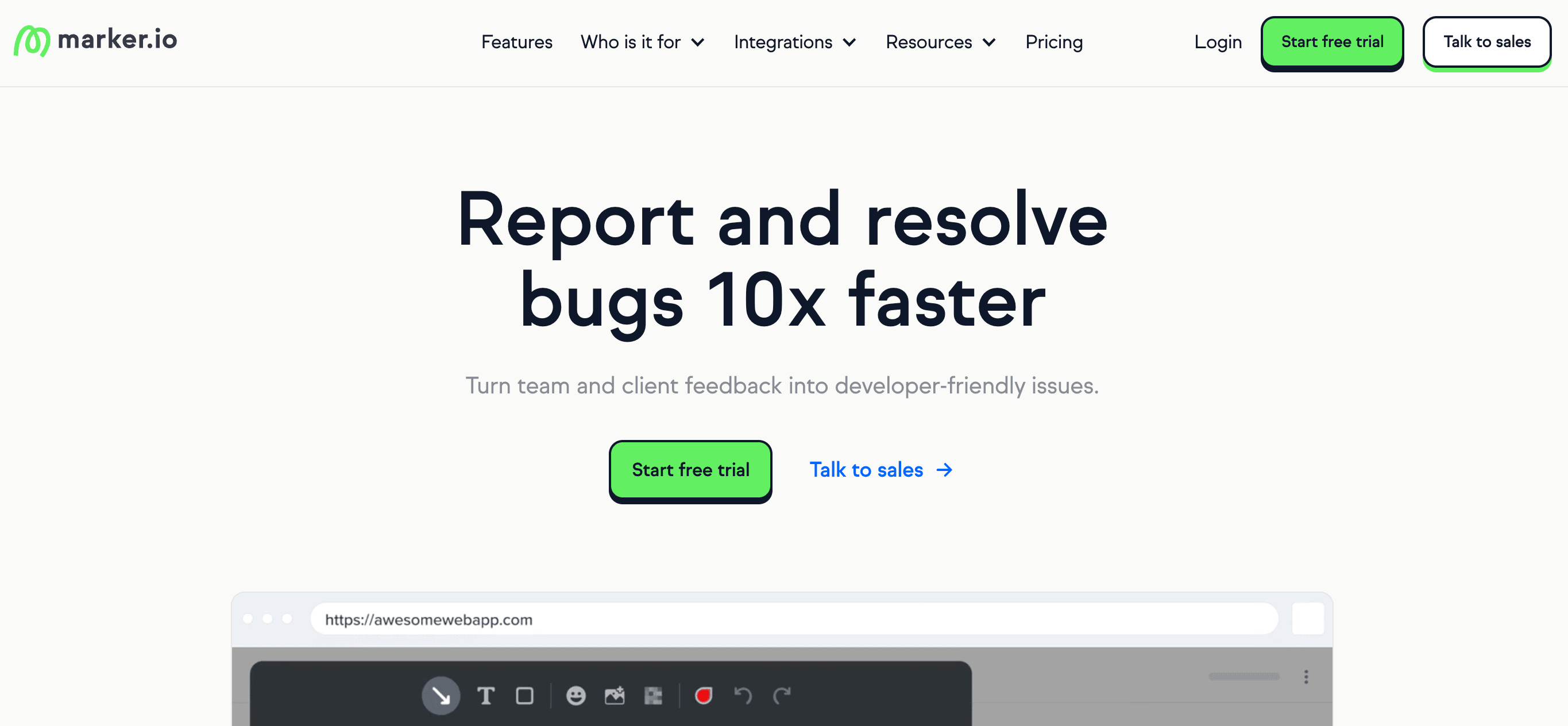
Marker.io remains a popular choice for website testing. It embeds directly into a site, allowing testers to report issues with a single click.
Core Features:
- Visual bug reports with annotated screenshots.
- Automatic session replay to understand what triggered the issue.
- Metadata capture, including device, OS, and console logs.
- Two-way sync with Jira, Trello, Asana, and GitHub.
- Lightweight widget that testers can use without training.
UserTesting
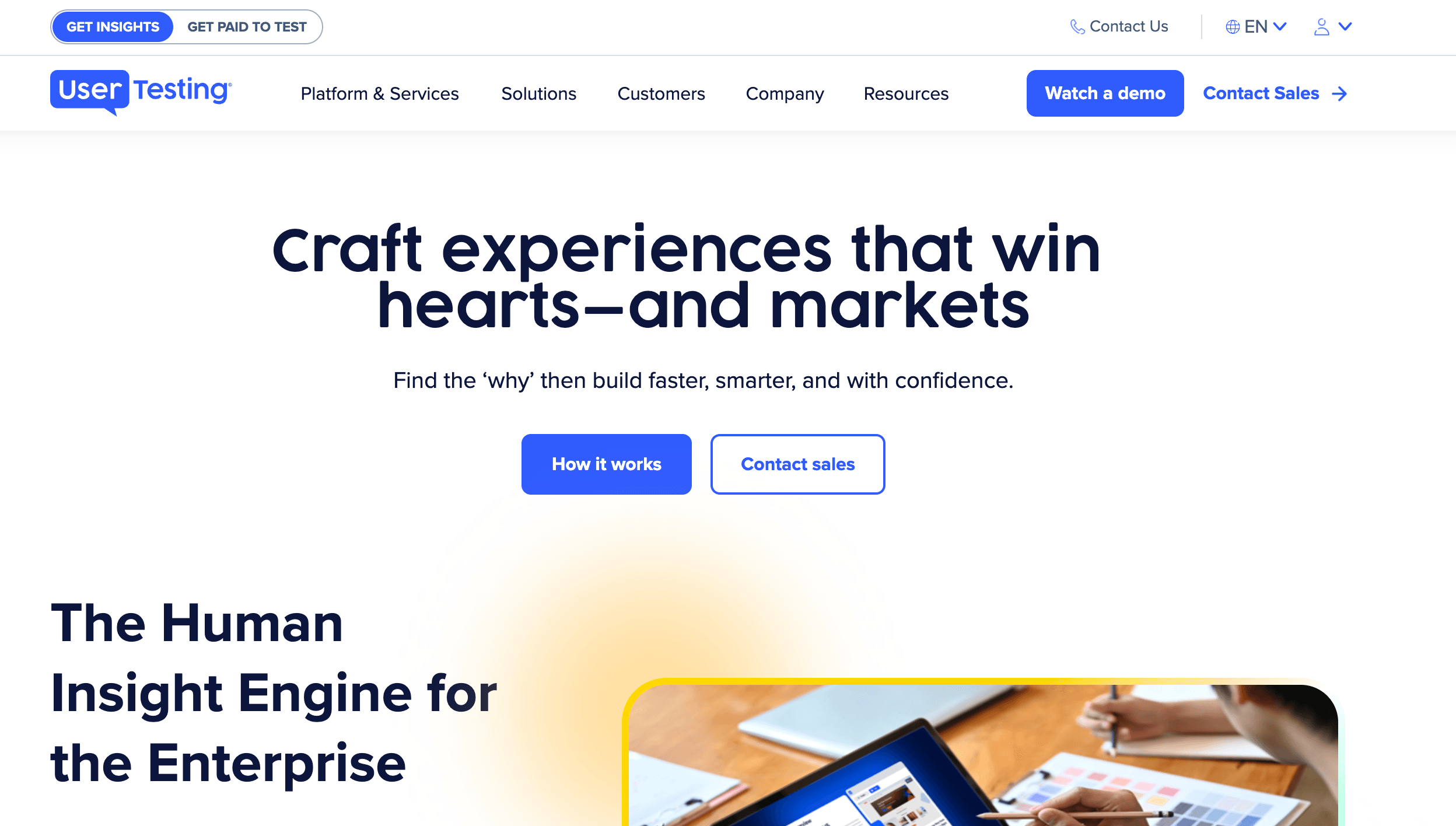
More than a bug reporting tool, UserTesting focuses on the overall user experience. It’s widely adopted by enterprises running usability studies at scale.
Core Features:
- Targeted recruitment by demographics or behavior.
- Video and audio recordings of users completing tasks.
- Customizable test templates and real-time insights.
- Collaborative dashboards to share findings with stakeholders.
Instabug
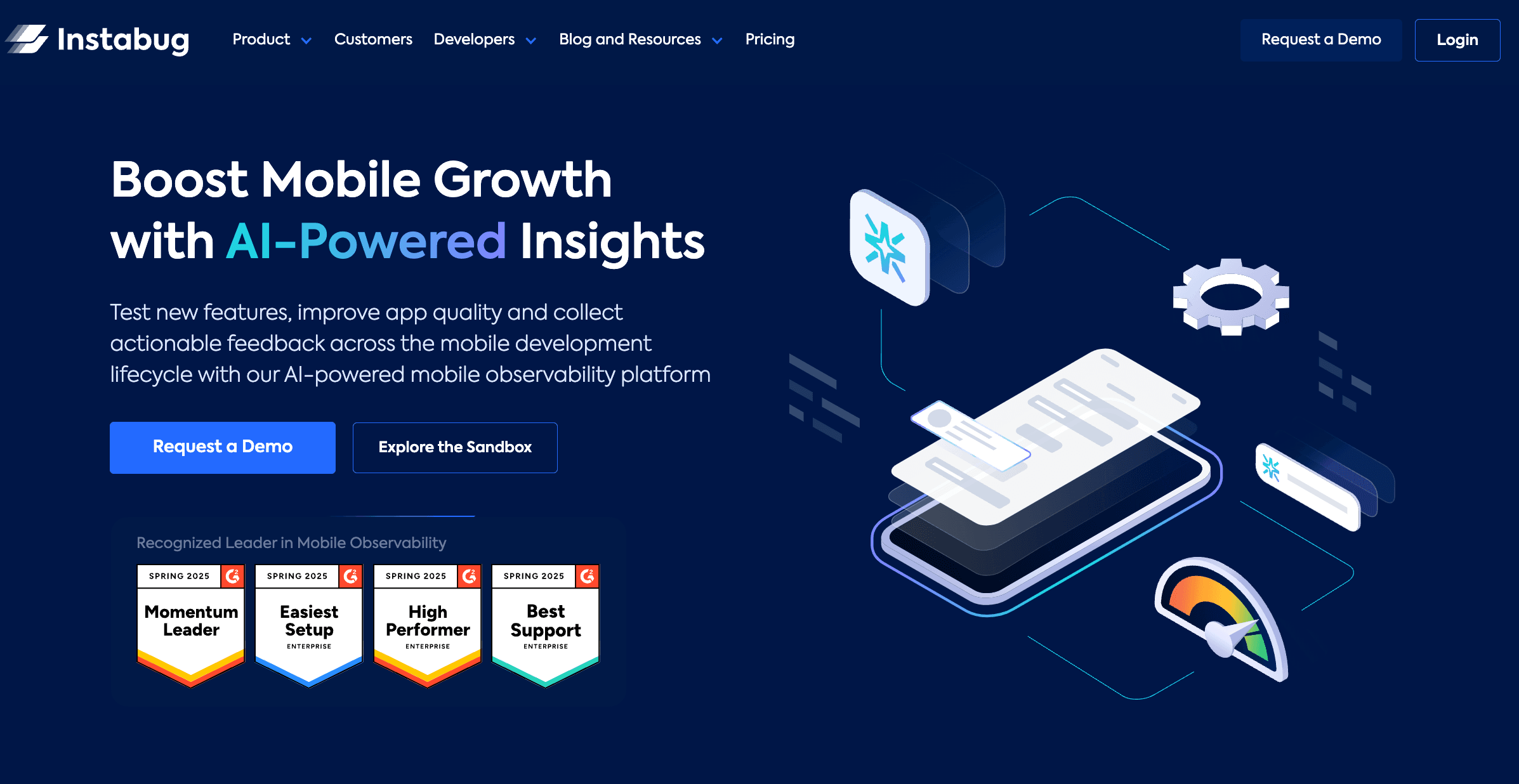
Instabug is especially strong in mobile app testing, offering a combination of crash analytics and in-app bug reporting.
Core Features:
- Detailed crash reports with logs, device info, and network status.
- In-app bug submission with screenshots and screen recordings.
- Real-time alerts for urgent issues.
- Built-in surveys and feature request tracking.
- Integrations with Slack, Jira, Zendesk, and more.
UXCam

UXCam specializes in behavioral analytics. It helps teams understand not just what went wrong, but how users interact with apps at a granular level.
Core Features:
- Session replay to watch complete user journeys.
- Heatmaps showing where users tap, scroll, or drop off.
- Funnel analytics to pinpoint stages of user frustration.
- Data-driven insights to guide UX optimization.
Centercode
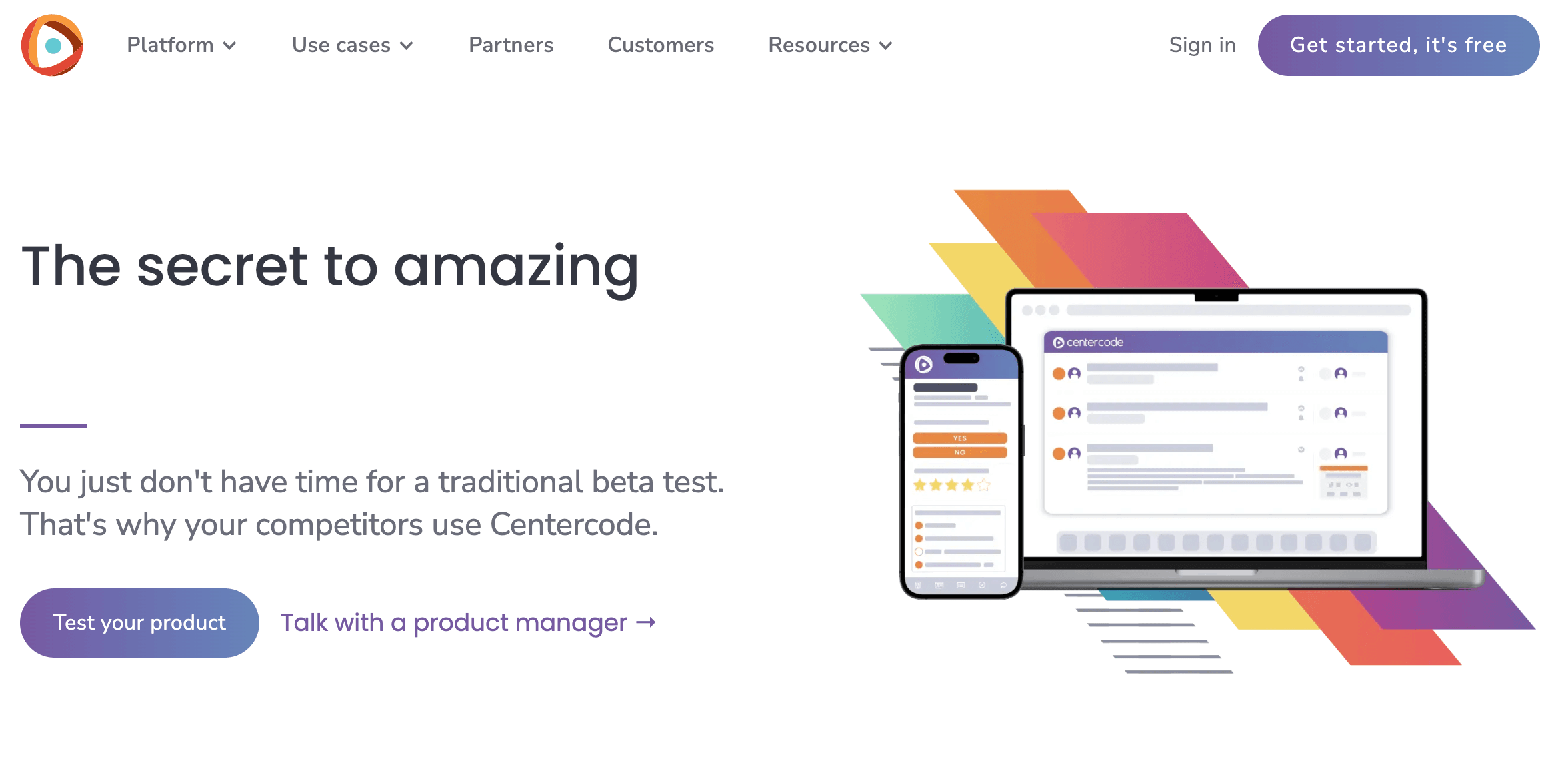
Centercode is a comprehensive platform designed for structured beta programs, making it particularly useful for larger organizations.
Core Features:
- Tools for recruiting and segmenting testers.
- Customizable workflows for managing feedback.
- Advanced analytics and report generation.
- Scalable infrastructure for large tester pools.
- Built-in community features to engage testers.
Rainforest QA
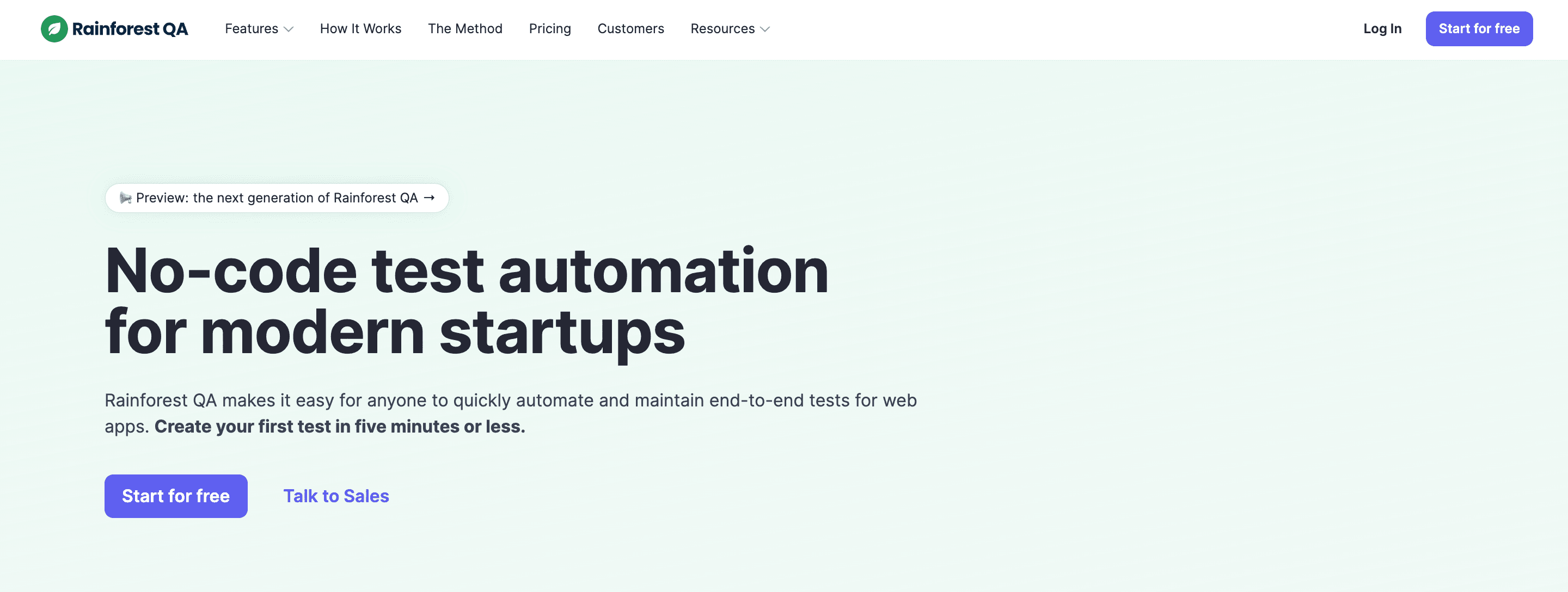
Rainforest QA blends automated testing with real-user input. It’s ideal for teams that want both speed and breadth in beta coverage.
Core Features:
- No-code test creation for accessibility.
- Access to a large global tester pool.
- Testing across many device and browser configurations.
- Combination of automated and manual testing for broader coverage.
Ubertesters
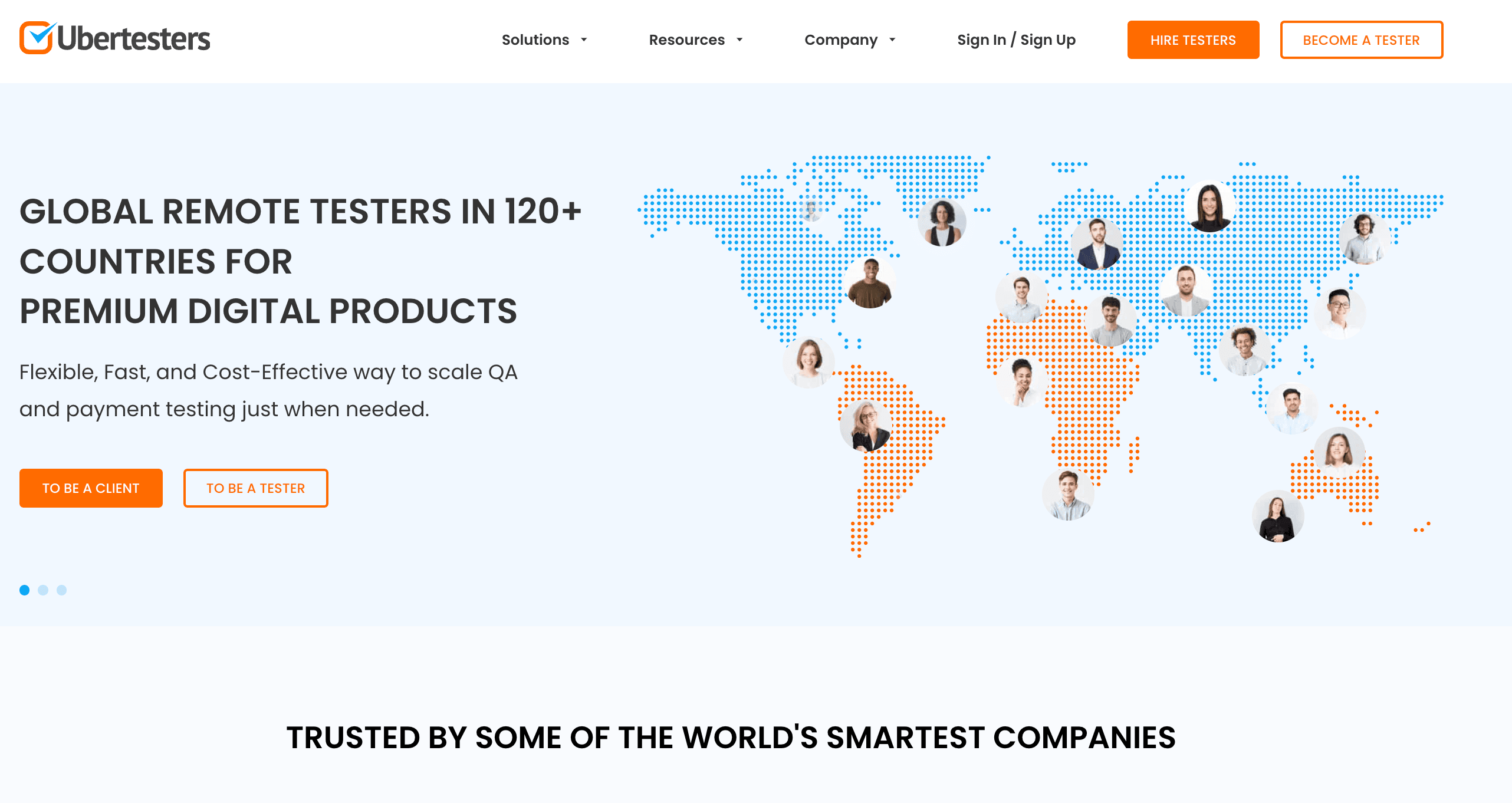
Ubertesters differentiates itself by offering access to professional testers worldwide. This makes it well-suited for teams that need reliability and consistency.
Core Features:
- Global tester network across devices, OS, and carriers.
- Testers can be matched based on project requirements.
- Customizable test focus for specific features.
- Simple, intuitive platform for managing test cycles.
TestFlight
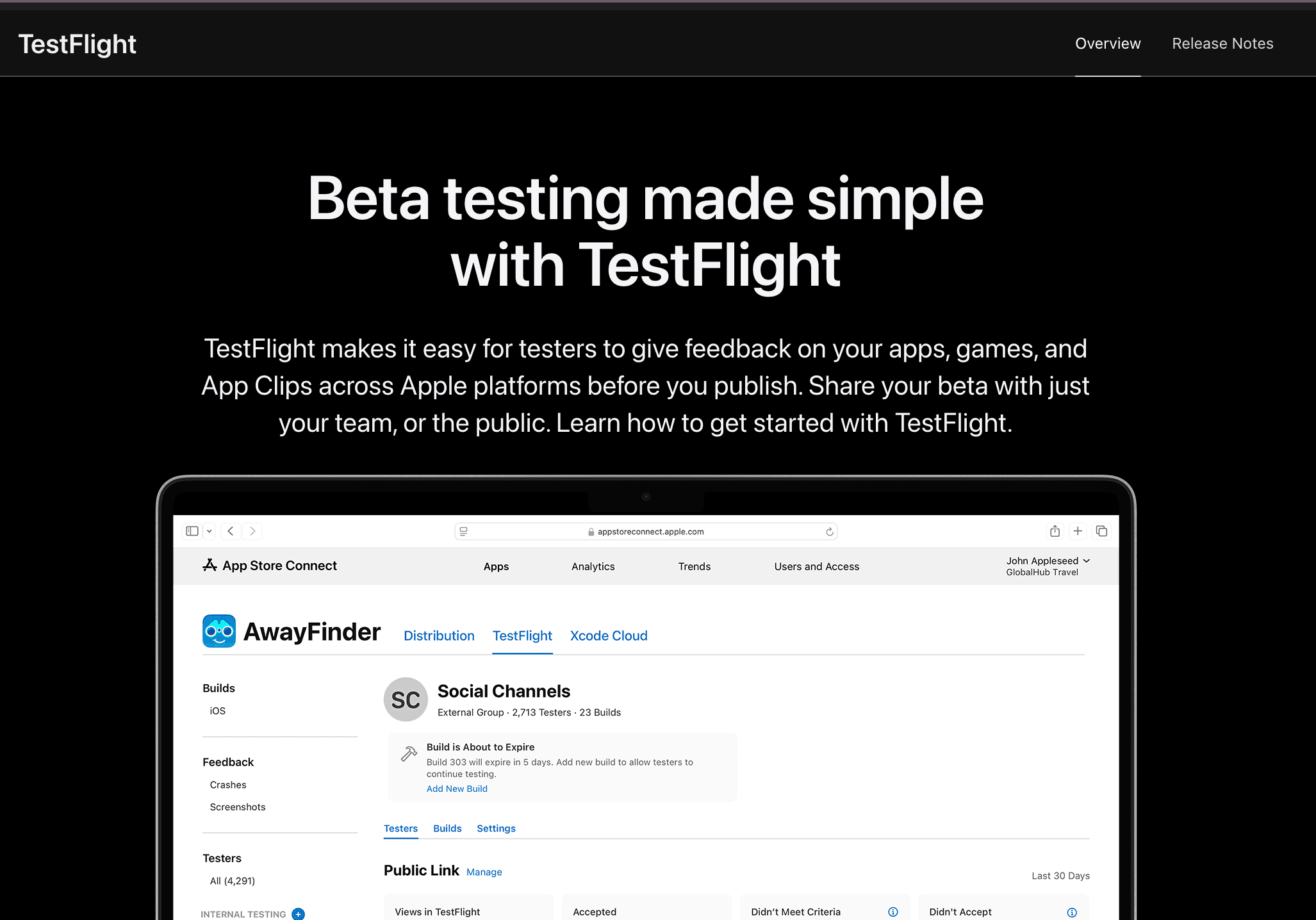
As Apple’s official beta testing platform, TestFlight is the go-to choice for iOS developers.
Core Features:
- Invite up to 10,000 testers with public links or email.
- Automatic updates when new builds are uploaded.
- Native crash reporting and feedback collection.
- Tight integration with the App Store.
- Limitations: only available for iOS and iPadOS apps.
Jira

While Jira is primarily a project management tool, many teams leverage it for beta test management thanks to its flexibility and integrations.
Core Features:
- Robust issue tracking with customizable workflows.
- Templates for managing test cycles.
- Extensive integration ecosystem (including AI-based tools).
- Centralized hub for all bug reports and tester feedback.
TestFairy (by SauceLabs)
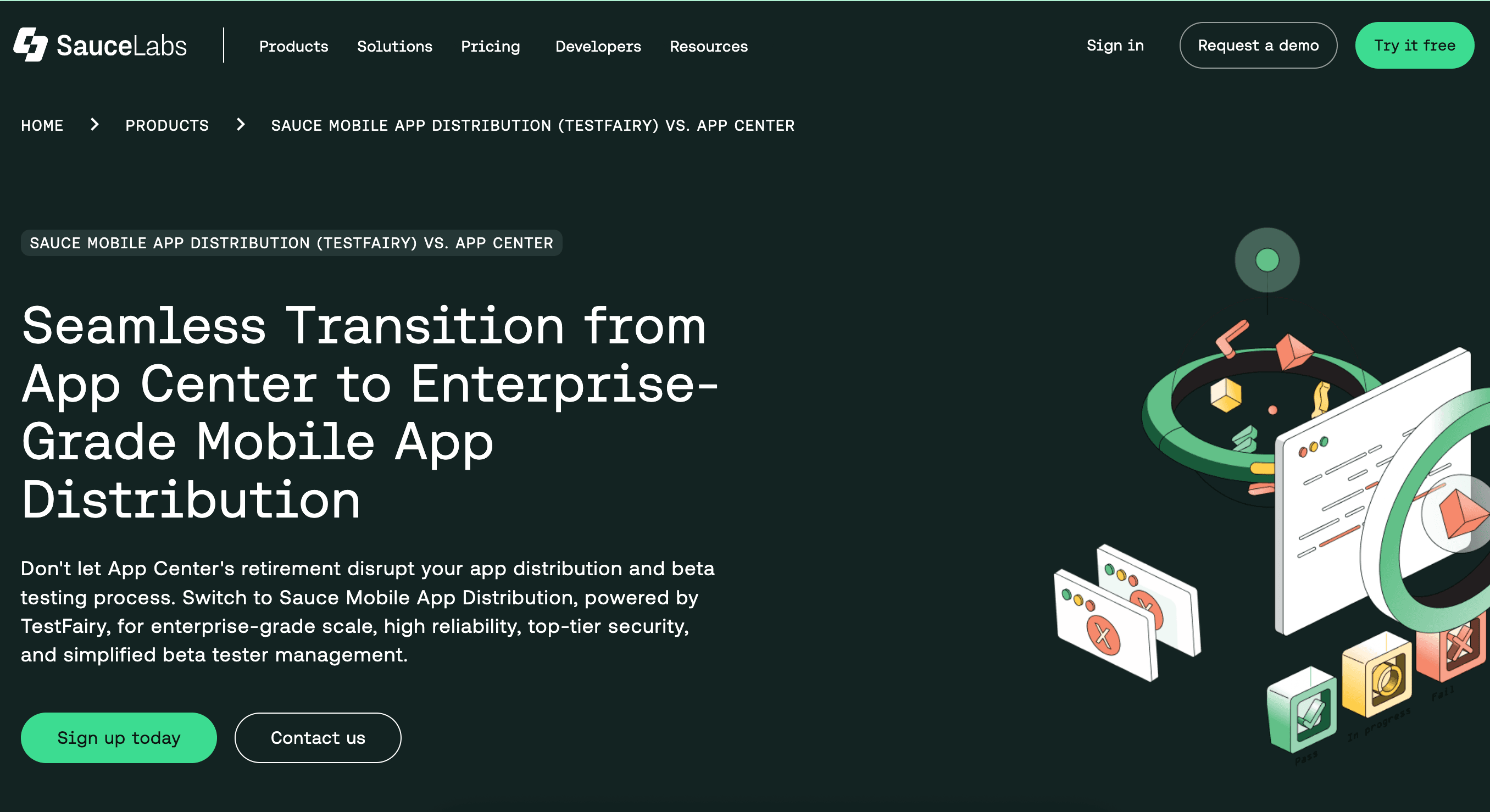
TestFairy focuses on mobile app distribution and monitoring, offering features that help teams watch users in action.
Core Features:
- Video recordings of tester sessions.
- Crash reporting with technical details.
- Live support for testers encountering issues.
- Easy bug tracking and progress monitoring.
- Distribution system to push new builds directly to testers.
Automate your tests for free
Test easier than ever with BugBug test recorder. Faster than coding. Free forever.
Get started
Action Points
To get the most from your beta testing program, here are practical next steps for your development team:
- Plan earlier in the software development lifecycle: Don’t wait until the beta testing phase—align alpha testing, user testing, and software testing activities so each stage builds toward stronger software quality.
- Recruit the right testers: Ensure your pool includes users from your target market, capable of providing both real world feedback and valuable feedback that reflects how the product will be used after launch.
- Define clear feedback channels: Make it easy for testers to submit feedback, whether through in-app tools, surveys, or integrated platforms. The less friction, the better the insights.
- Prioritize user feedback analysis: Not all comments will be equally relevant. A strong development team should filter, categorize, and act on user feedback systematically.
- Close the loop with testers: Let participants know how their input shaped the product. This increases engagement and strengthens the overall beta testing involves experience.
Happy (automated) testing!
By embedding these practices, your team will move beyond simply running a test to truly leveraging real world feedback as a driver of product excellence.

